Natural Disaster Predictor - natural disaster forecasting
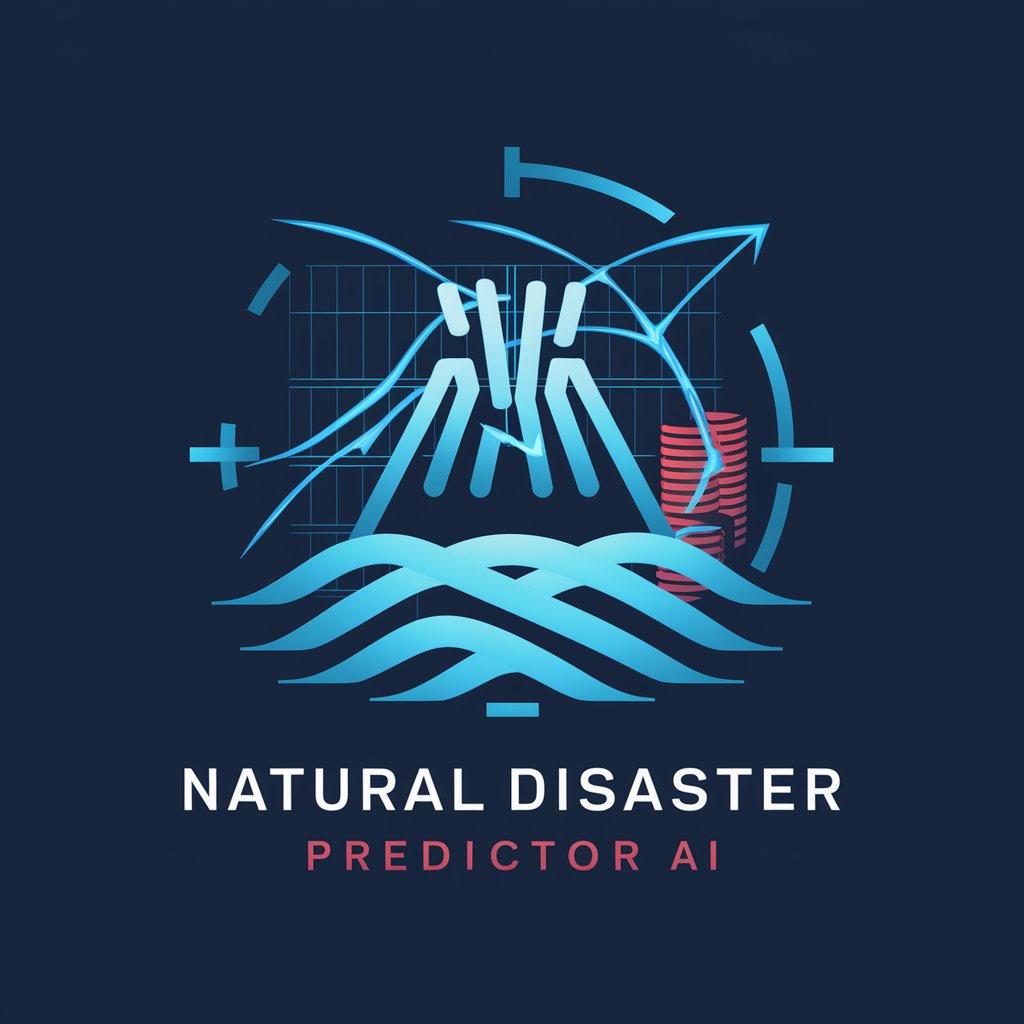
Hello! I'm here to help predict and prepare for natural disasters.
Predict Disasters with AI Insight
Analyze the recent seismic activity data for potential earthquake predictions.
What geological patterns indicate an imminent volcanic eruption?
How can we enhance disaster preparedness for coastal regions prone to tsunamis?
Evaluate the historical data on landslides to identify high-risk areas.
Get Embed Code
Introduction to Natural Disaster Predictor
Natural Disaster Predictor is designed to analyze historical and current geological data to predict natural disasters such as earthquakes, volcanic eruptions, and landslides. It synthesizes data from various sources to offer early warnings and forecasts that help in enhancing preparedness and mitigating impacts in potentially affected regions. By leveraging machine learning algorithms and data modeling, this tool interprets trends and patterns that might precede disasters. For example, by analyzing seismic activity patterns and geological fault lines data, it can predict potential earthquake hotspots, thereby alerting relevant authorities and populations to increase readiness and response strategies. Powered by ChatGPT-4o。

Main Functions of Natural Disaster Predictor
Earthquake Prediction
Example
By using real-time seismic data and historical earthquake records, the tool predicts the likelihood of future earthquakes in specific areas.
Scenario
Authorities in earthquake-prone regions use these predictions to enforce building codes, plan evacuations, and conduct public safety drills.
Volcanic Eruption Forecasting
Example
The predictor analyses volcanic activity, such as gas emissions and ground deformation, to forecast possible eruptions.
Scenario
Local governments near volcanoes can use this information to issue warnings, prepare evacuation routes, and alert the aviation industry to potential ash clouds.
Landslide Susceptibility Analysis
Example
Incorporating rainfall data, soil stability characteristics, and topography, the tool assesses the risk of landslides in vulnerable areas.
Scenario
This function aids urban planners and disaster management agencies in reinforcing slopes, improving drainage systems, and designing infrastructure to withstand possible landslides.
Ideal Users of Natural Disaster Predictor Services
Government and Disaster Management Agencies
These entities use the tool to develop effective response strategies, enhance public safety communications, and optimize resource allocation before, during, and after disasters.
Urban and Regional Planners
Planners benefit from disaster risk assessments to ensure that new developments are designed with resilience in mind, taking into account the natural disaster risks specific to different areas.
Research Institutions and Academics
Researchers and students in geology and environmental sciences use the tool to study disaster patterns, improve predictive models, and contribute to the scientific understanding of natural disaster dynamics.

How to Use Natural Disaster Predictor
Visit Website
Start by visiting yeschat.ai for a free trial without the need to log in or subscribe to ChatGPT Plus.
Select Data Set
Choose the geological data set relevant to your region or the natural disaster type you are interested in analyzing.
Input Parameters
Enter specific parameters such as geographical coordinates, time range, and any known geological factors that may influence natural disasters in your area.
Run Analysis
Execute the analysis to predict potential natural disaster risks based on historical data and geological trends.
Review Predictions
Carefully review the predictions and use them to inform disaster preparedness plans. Always corroborate with local authorities and official data.
Try other advanced and practical GPTs
Disaster Guide
Your AI Guide for Surviving Any Disaster
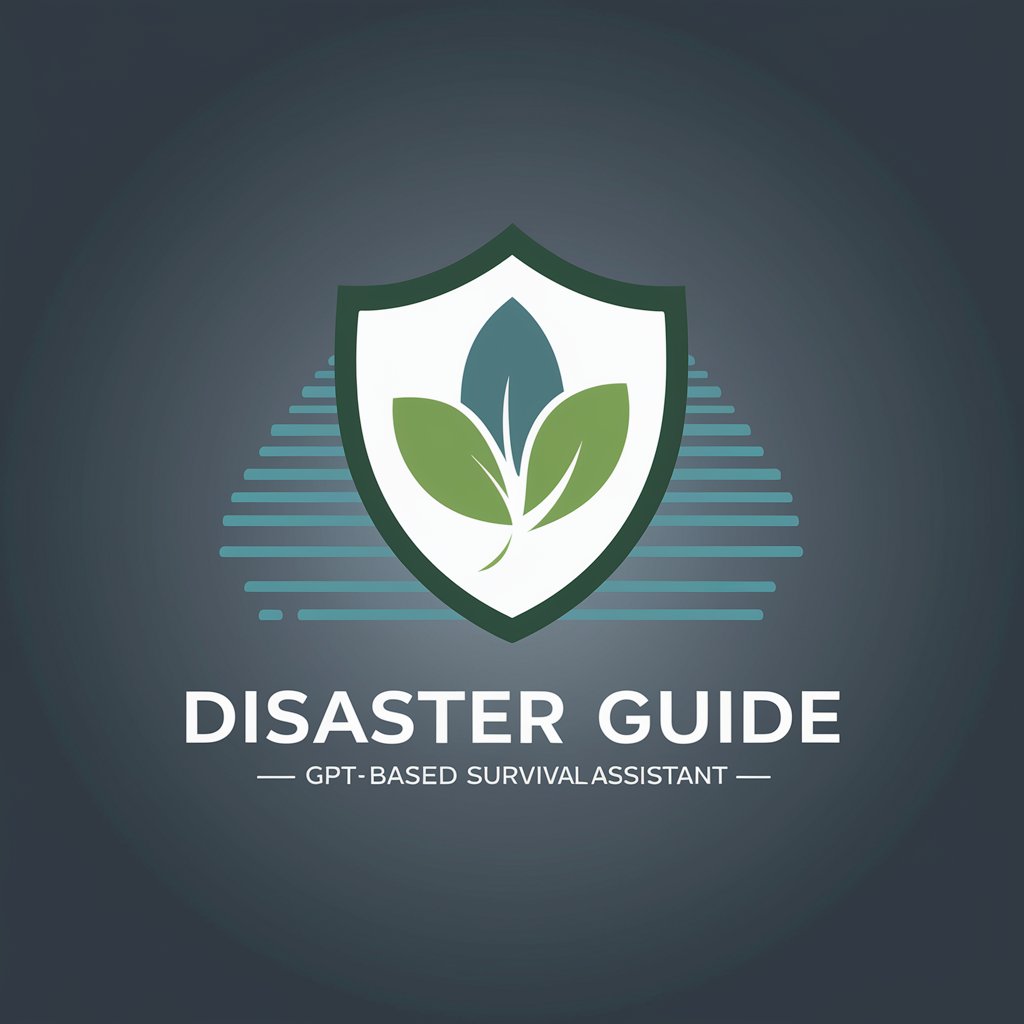
Disaster SafeSpot
Empowering Safety with AI
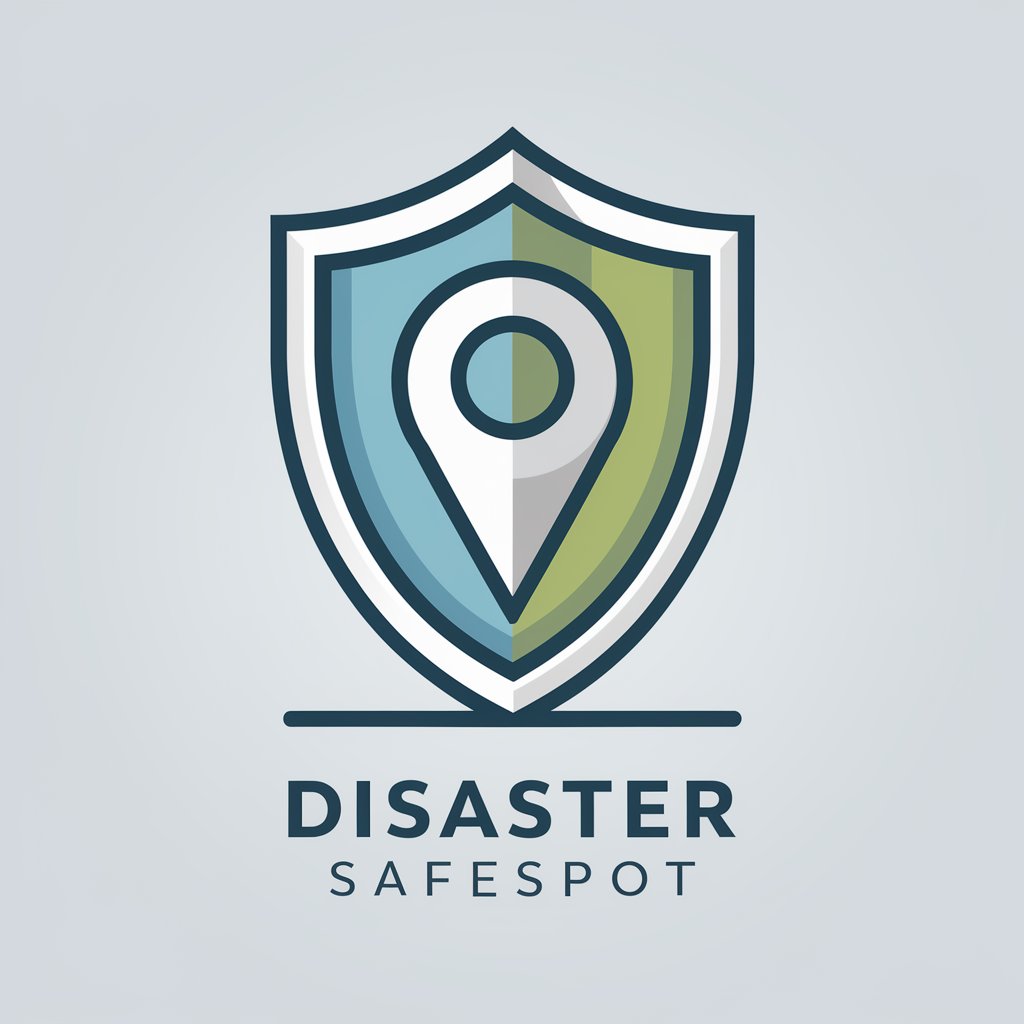
Tax Advisor
Empowering Financial Decisions with AI

Tax Guide
Streamlining Tax Management with AI
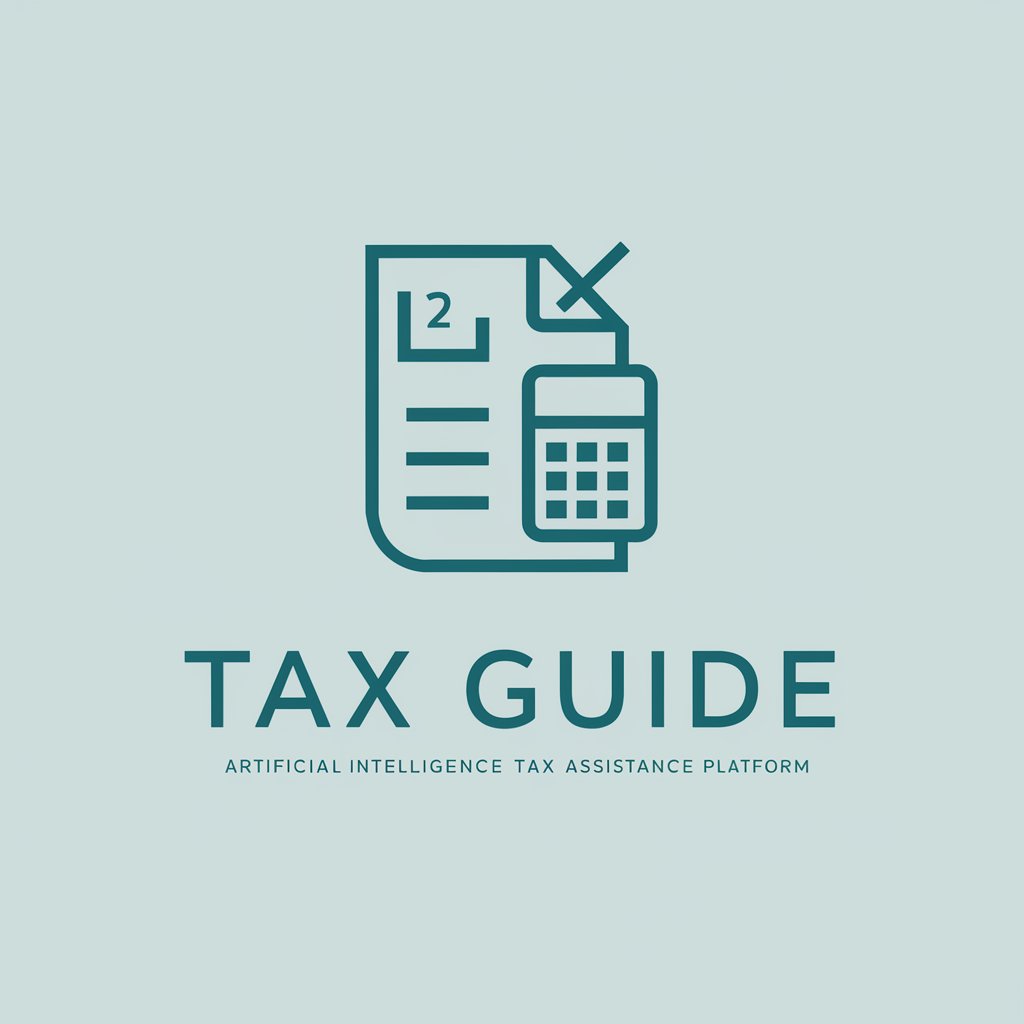
Abrams Tax
Your AI-powered tax law assistant

Tax Sage
Navigating Tax with AI Expertise

Professional Disaster Advisor
AI-powered disaster readiness
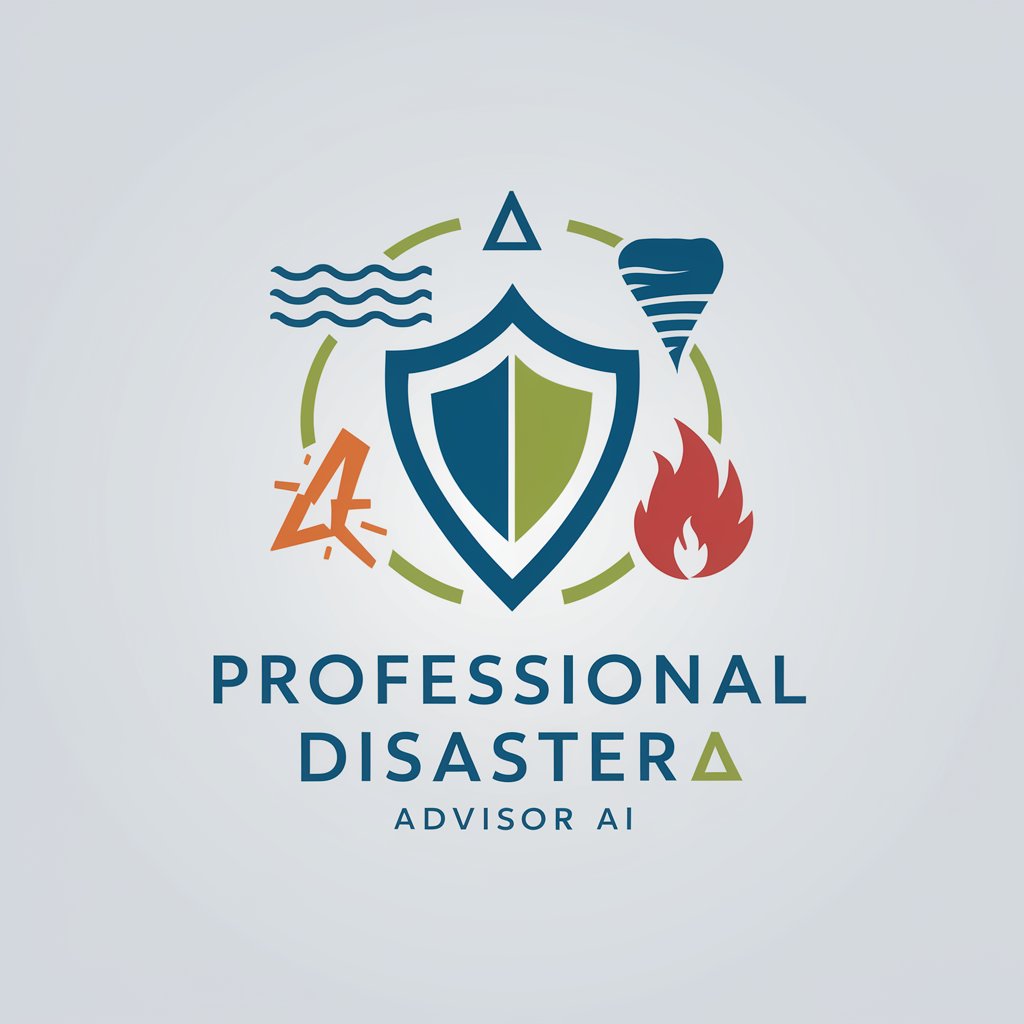
Disaster Response and Analysis
AI-Powered Disaster Insights and Forecasting
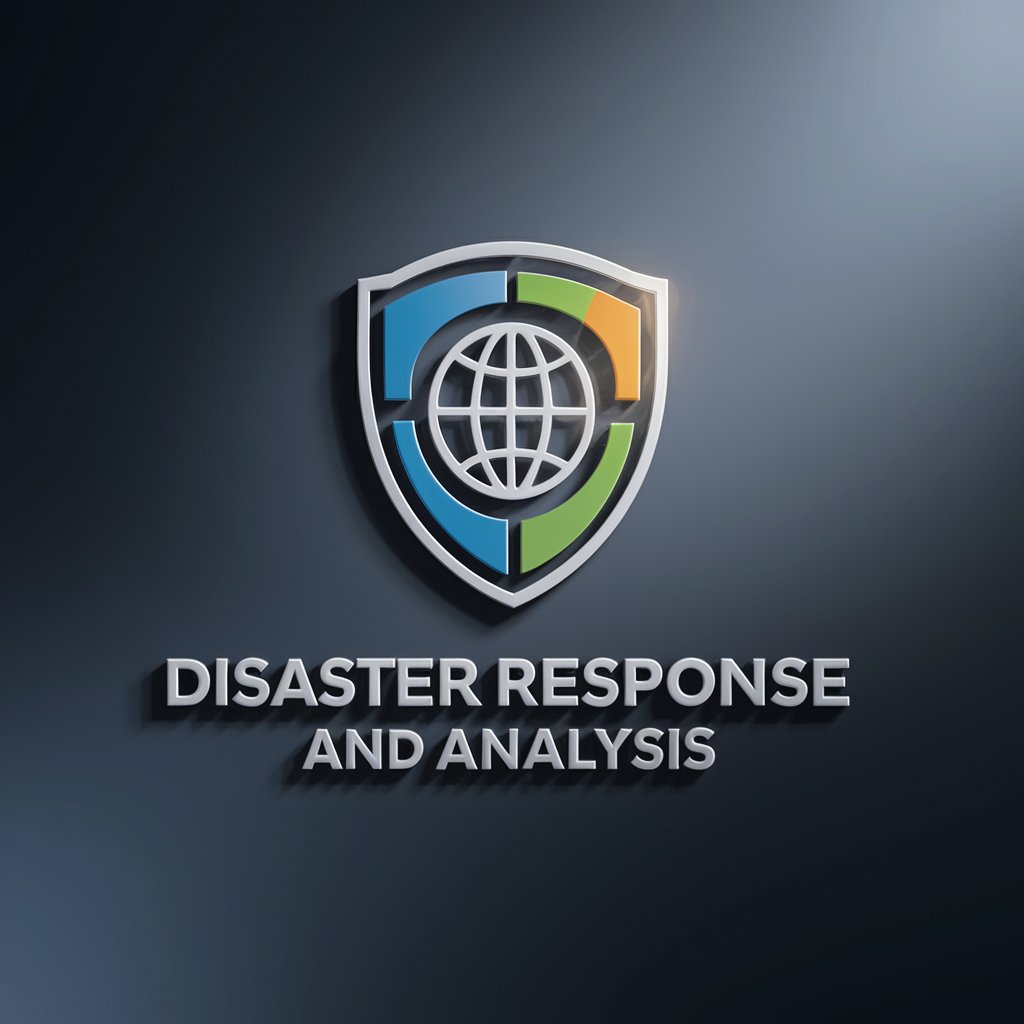
Disaster Program Specialist
AI-powered disaster management support

cataclysmic disaster generator
Visualize Catastrophe, Plan Accordingly
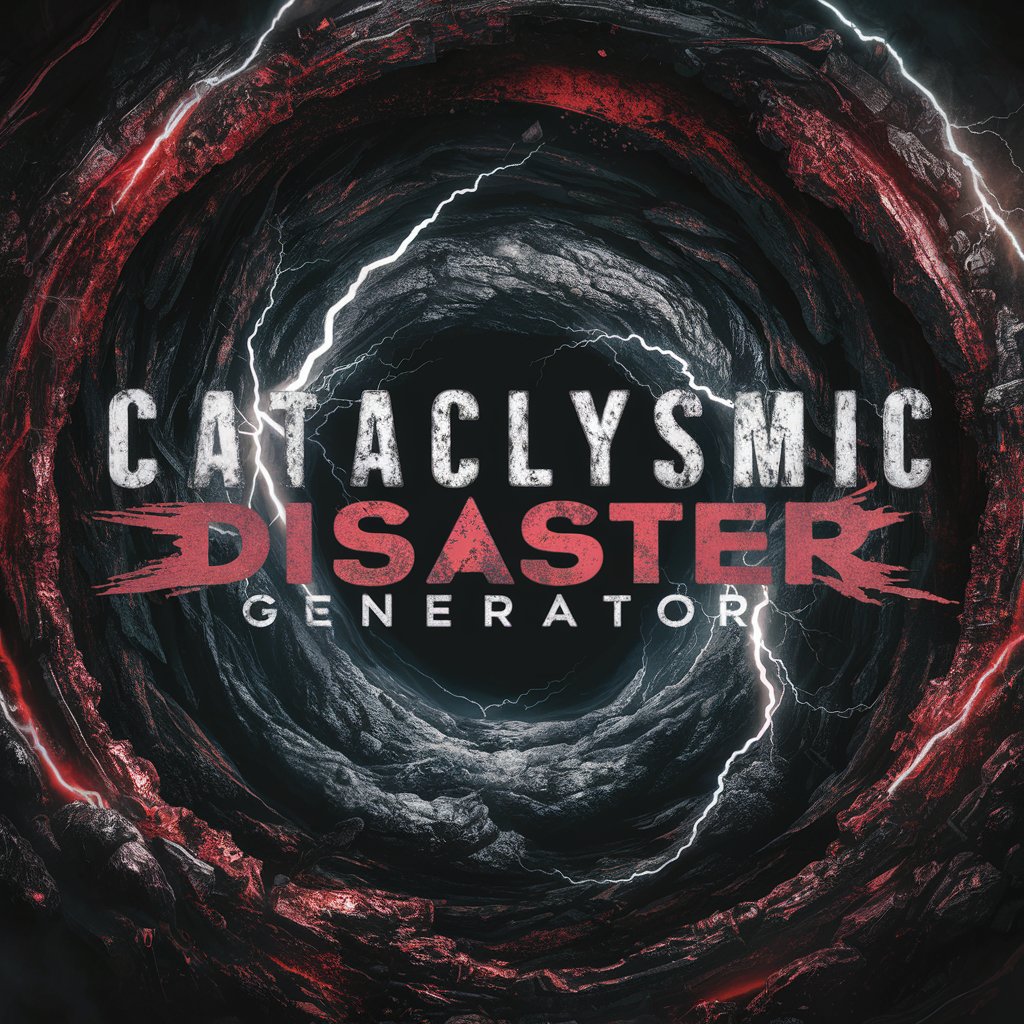
Emergency & Disaster Prep Guide
AI-driven Emergency Readiness
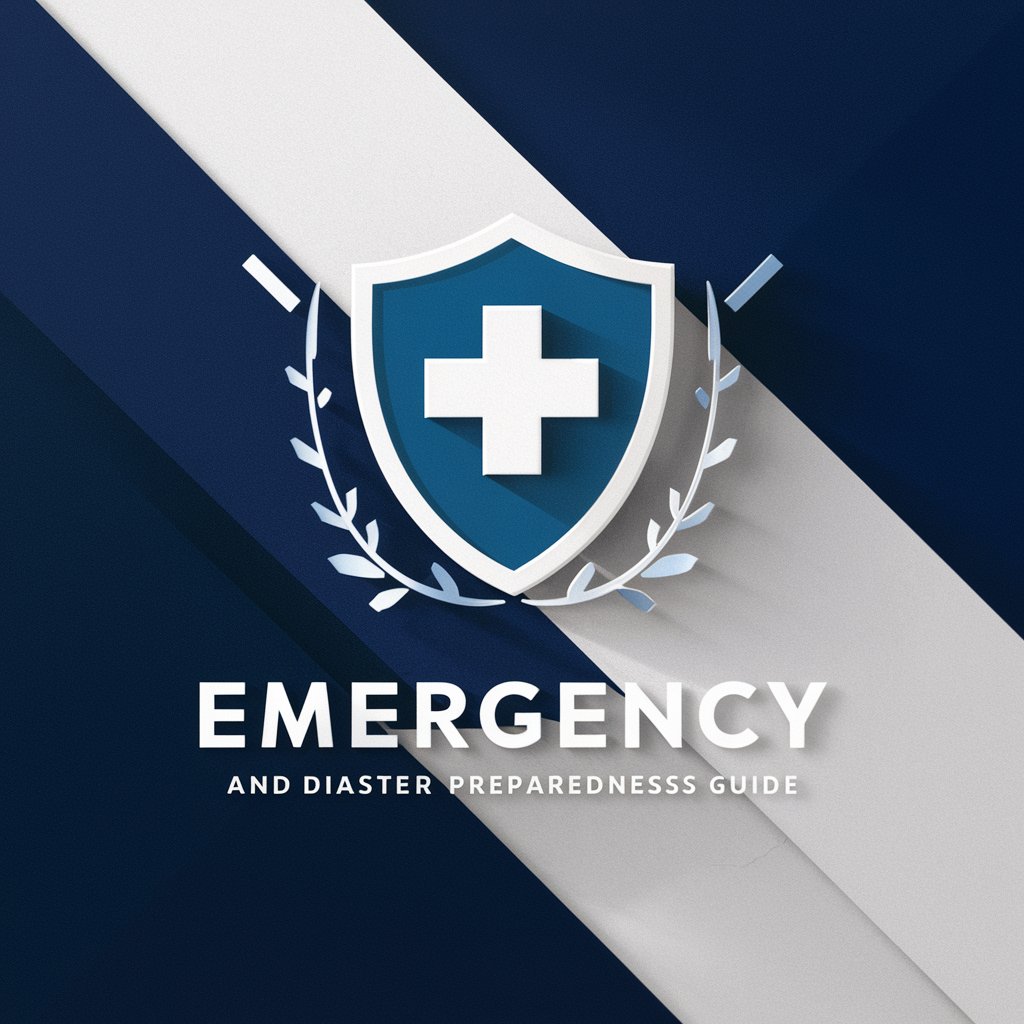
Disaster Prep Sim
Train, Engage, Prepare — AI-Powered
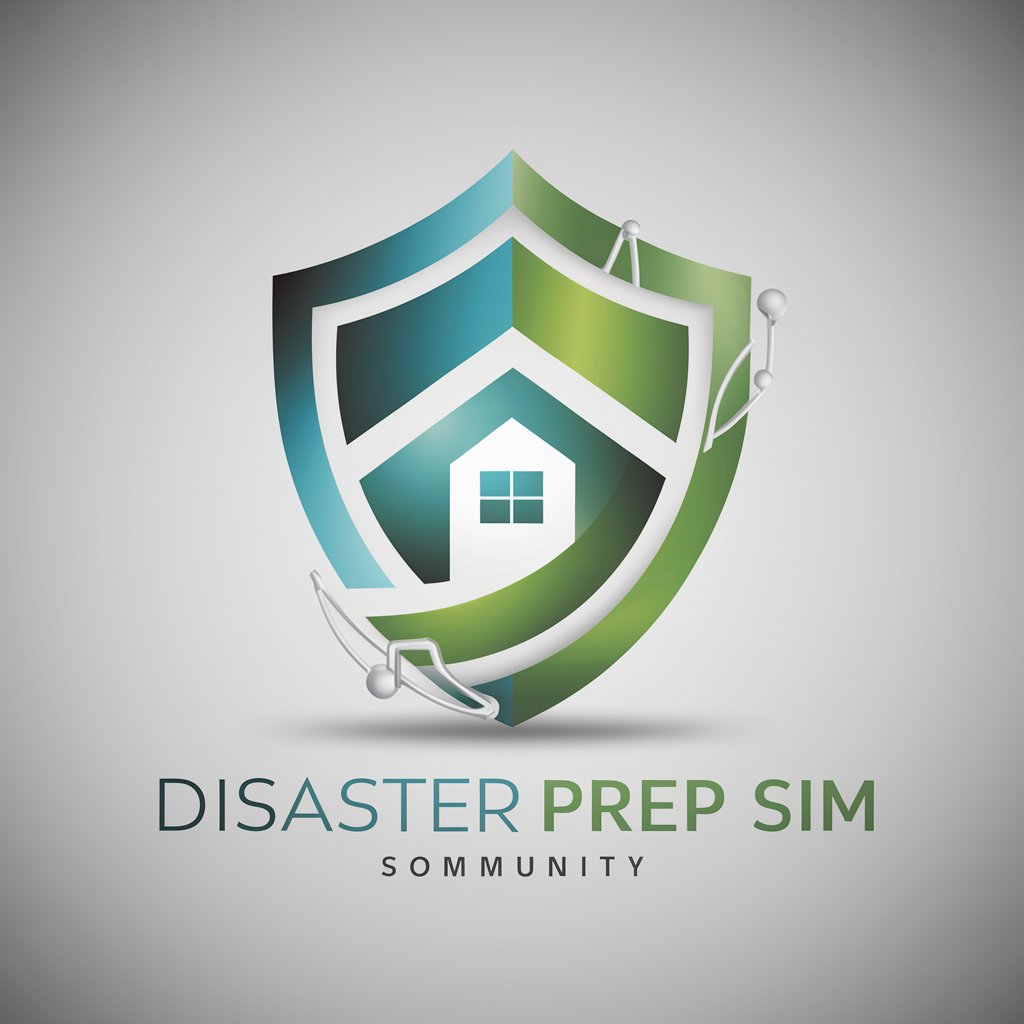
Frequently Asked Questions about Natural Disaster Predictor
What types of natural disasters can Natural Disaster Predictor forecast?
The tool is capable of predicting various natural disasters including earthquakes, volcanic eruptions, and landslides, based on geological data analysis.
How accurate are the predictions from Natural Disaster Predictor?
While the tool utilizes advanced algorithms to analyze data, predictions should be seen as one of many resources and not as definitive. Users should always consult official sources for emergency guidance.
Can Natural Disaster Predictor be used for real-time monitoring?
The tool is primarily designed for analysis based on historical data to predict future events rather than real-time monitoring. For ongoing disasters, refer to real-time monitoring services.
Is there any specialized knowledge required to use the tool?
Basic knowledge of geological terms and data interpretation is helpful but not required. The interface is designed to be user-friendly for a broad audience.
How can educational institutions benefit from using Natural Disaster Predictor?
Educational institutions can use the tool for research and teaching purposes, helping students understand disaster management through practical data analysis.
